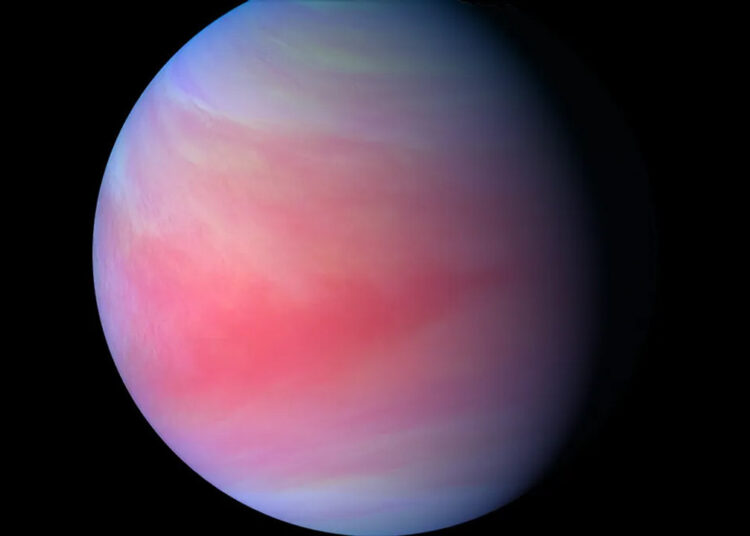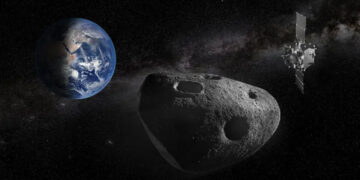Japan Aerospace Exploration Agency JAXA announced that the official end of the Planet C mission conducted by the spacecraft Akatsuki on the planet Venus has been reached. Launched in 2010 and after a challenging journey, there are no longer any active spacecraft in Venus’s orbit. Although Akatsuki’s long adventure may not initially bring the expected successes, it has provided valuable data about the planet’s atmosphere.
At the critical moment when a maneuver was needed to enter orbit, the planned 12-minute burn lasted only three minutes due to a main engine failure. This caused Akatsuki to miss Venus and instead orbit around the Sun. However, engineers managed to slow the spacecraft down with the assistive propulsion system and kept it around the Sun for five years. When a second attempt was made in 2015, unexpectedly, it was possible to reach Venus’s orbit, providing the scientific community with unprecedented data flow.
According to JAXA, while the spacecraft moved within a distance of 400 kilometers at its closest and 440,000 kilometers at its farthest from Venus, it was traveling in the same direction as the planet’s rotation. This observational process, based on principles, enabled the examination of the planet’s atmosphere with ultraviolet and infrared cameras; lightning was recorded with high-speed cameras, and the vertical structure of the atmosphere was analyzed using radio science techniques. These data ultimately contributed to understanding the mechanisms of the high-speed atmospheric circulation called super-rotation.
Among the findings obtained during Akatsuki’s mission, the discovery of Venus’s largest mountain wave and insights into the dynamics of the atmosphere stood out. Additionally, an early step was taken toward applying data assimilation techniques frequently used in Earth meteorology to Venus through this mission.
However, like in every story, plans did not proceed flawlessly: in 2016, due to some technical issues, two cameras were disabled in an attempt to extend the spacecraft’s life. By April 2024, communication was completely cut off, and Akatsuki’s mission officially ended. Although this eliminated the only spacecraft actively working in Venus orbit, future plans include launches of NASA’s DAVINCI and VERITAS missions and ESA’s joint EnVision project, scheduled for the late 2020s and early 2030s. These plans aim to extend Akatsuki’s legacy with new observational missions.









